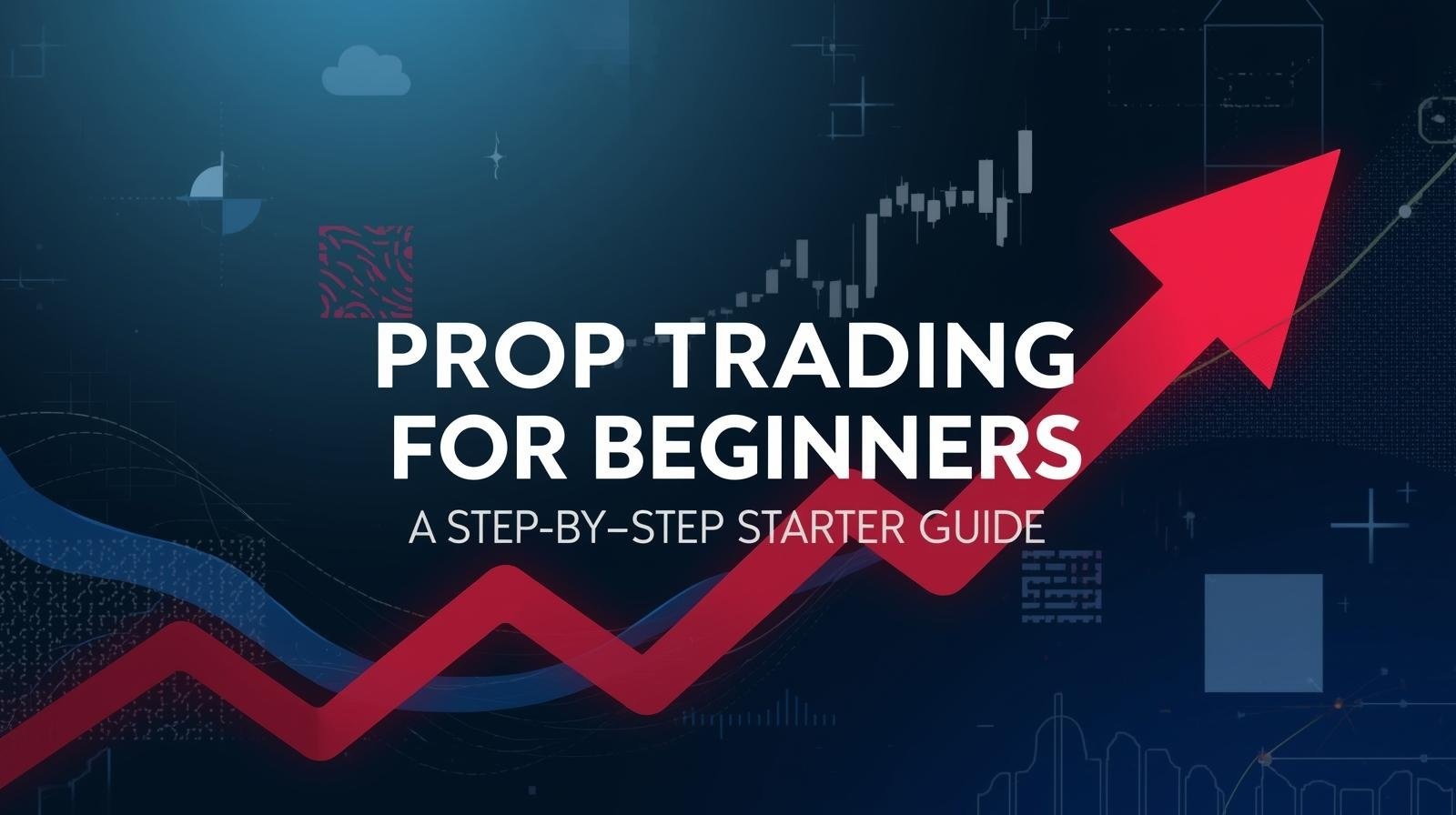
Last updated on : October 30th, 2025 by R Yadav
Prop trading seems attractive from the outside because it enables traders to access larger market power and strict rules that are enforced in prop trading operations. This guide provides a direct method to start trading effectively while teaching you how to discipline and let them keep most of their earnings. A trader needs to create proper structures to achieve success, avoid common errors and build correct momentum. If you want a concrete place to test your process under clear rules, you can join Funding Rock.
Every prop trading program requires traders to understand five essential concepts which include profit targets and daily drawdown limits and maximum drawdown restrictions and consistency rules and minimum trading days and overnight trading policies. Study these rules as if they were test material. Each rule requires you to explain its breach criteria and target assessment methods and trading authorization conditions in a single sentence. Before funding a challenge you should request specific examples from support when any part of the rules remains unclear; visit FxSentry to know more on Forex Traing Bot.
The reward system of prop firms operates based on traders who maintain consistent results rather than those who achieve occasional heroic and retest or mean-reversion bands or basic news fades with defined entry points. Describe the specific trades. Select one trading method which you can teach to a teenager by using trend pullbacks or breakout market conditions which prevent you from trading such as inside chop or major news events or the final thirty minutes of Friday sessions. The selection of skipped trades carries more importance than the specific trading strategy you implement fxspire trading platform.

Decide risk per trade (0.25%–0.5% of account is common) and a personal daily stop smaller than the firm’s limit. Example: if your daily DD is 5%, stop your day at -1R or two losses. This is your seatbelt. You’ll never “accidentally” breach rules if your sizing is fixed and your session ends automatically.
Before you chase the first pattern you see, run a dry session to check spreads, slippage, symbol suffixes, and order types. Place tiny test trades to confirm stop attachment and position size. Most blown challenges start with a mechanical mistake: wrong symbol, wrong lots, or no stop on entry. Make “double-check size, confirm stop” a verbal ritual.
The first three to five sessions are about adaptation. Trade your A-setups at half-risk while you calibrate to execution and your own emotions. Note where you got impatient or hesitant. If you feel a rush to “get it over with,” that’s the moment to go slower.
The system requires a basic structure that includes setup and reason and risk and result and a single emotional tag which should be either calm or rushed or FOMO. Check your progress every two to three days to determine which strategies you will maintain for the upcoming week and which ones you will stay away from. The majority of trading losses stem from repeating the same two mistakes.
Set calendar alerts for high-impact news when your firm has trading restrictions during release times. Check with your broker about their policies regarding holding positions during overnight and weekend hours when you engage in swing trading. Start each trading session by running through a checklist that includes news windows and symbol list and lot size and stop defaults. Funded accounts remain safe because of routine habits.
Once you’re comfortably green—say, 2–3R ahead—consider nudging size up by 10–20%. Do not double. The goal is a growing line, not a staircase followed by a cliff. If you post a big day, drop back to baseline size for the next session to avoid giving it back and triggering a trailing drawdown.
Common beginner mistakes (and fixes)
The system of prop trading provides rewards to traders who execute small controlled decisions repeatedly. The combination of treating rules as part of your edge and maintaining fixed risk levels and professional review methods will transform passing from luck-based to a regular process. The process begins with basic steps followed by consistent execution which allows time to handle the majority of work.
Read Next: Mobile Tech Revolution: Top Innovations Driving Digital Entertainment